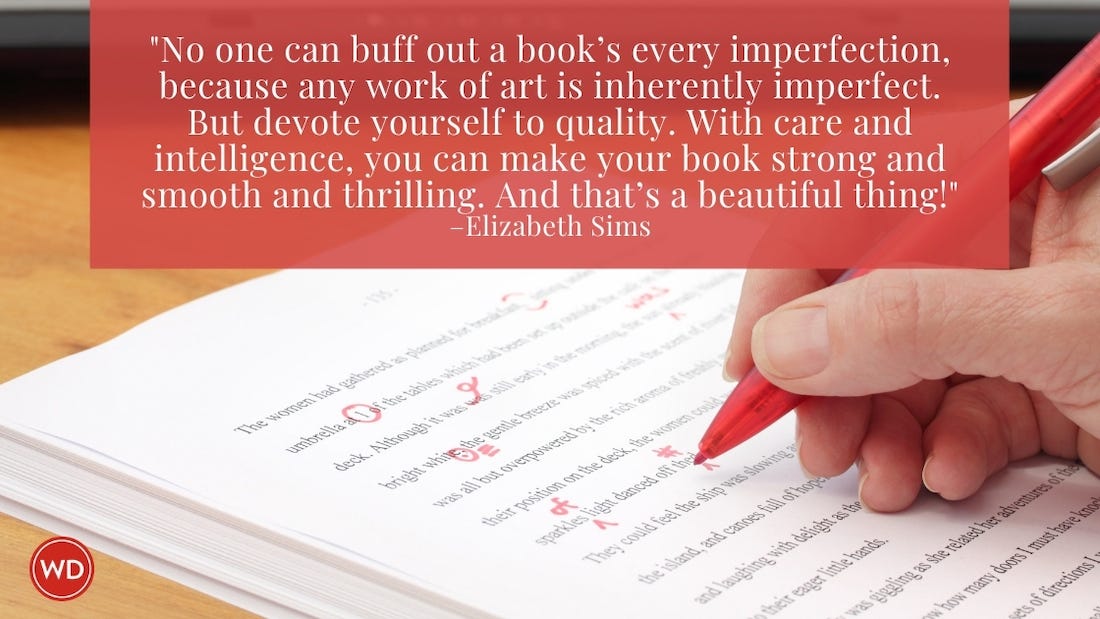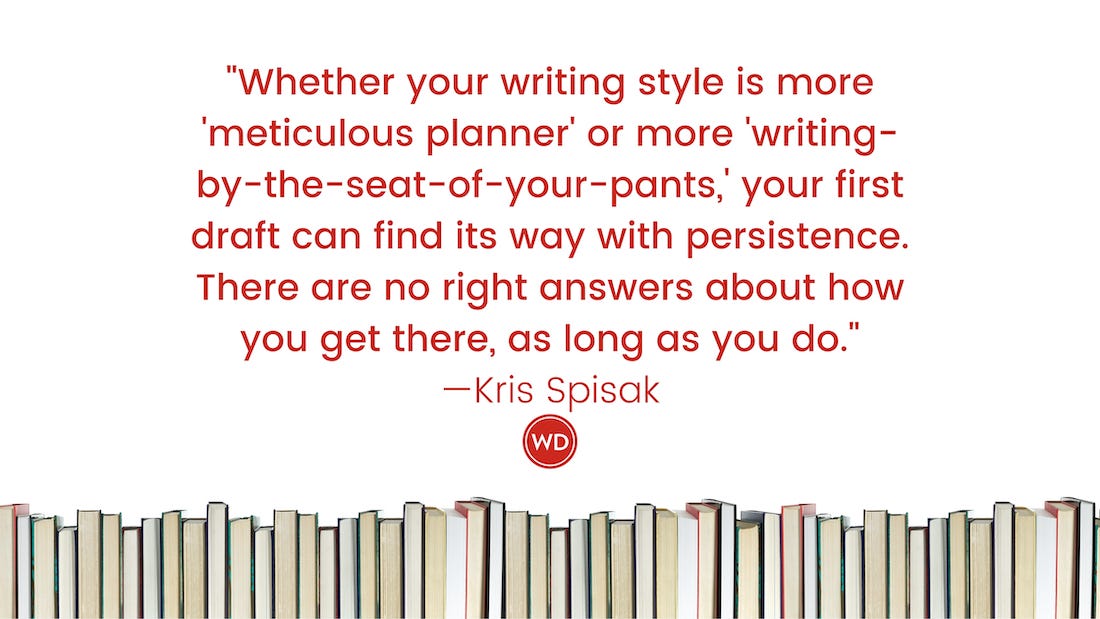Mitch Albom Explains the Art of Storytelling
Reflecting on his career and looking ahead to the release of what he calls his most important book, Mitch Albom attributes his diverse body of work to one skill: storytelling. by Melissa Hill
After more than 20 years as a journalist, Mitch Albom’s success on the bookshelves began as a serendipitous fluke when a chance encounter rekindled his relationship with an old professor and famously led to his memoir Tuesdays With Morrie. Next came two novels, The Five People You Meet in Heaven and For One More Day, each with movie adaptations Albom wrote himself. All the while, he maintained an active sportswriting career.
So how does one writer dominate so many genres and appeal to such different audiences? Albom claims it takes just one skill: storytelling. “I always tell people I learned to be a writer at the kitchen table,” he says. “We had a big family. You got to tell a story for about two seconds, and if you were boring, someone else just started talking right over you.” This ability to interest others in his characters—fictional or real—is central to every word he writes.
His new book, Have a Little Faith, which immediately became a New York Times Bestseller, is his first return to memoir since the breakout success of Morrie. The seed for the book was planted when Albert Lewis, Albom’s aging rabbi, asked him to give his eulogy. Overwhelmed by the request, Albom embarked on what would be the beginning of eight years of regular meetings with Lewis to discuss faith—what it is, what it isn’t and how it affects their lives. During that time, Albom also began a friendship with Henry Covington, an ex-convict turned minister of a ramshackle church in Detroit. In the book, Albom struggles to reconcile one concept—faith—with these two very different men.
The author describes it as the most important thing he’s ever written. “The subject matter is so timely given the turmoil in the world and the way human beings are being forced to deal with harsh realities, like economic crisis,” Albom explains. “Faith has become an issue for most people in some way. Some because it’s what they turn to; some because it’s what they’re battling over; some because they want to ignore it altogether. It’s very rare to find someone who doesn’t have faith on their radar.”
IN HAVE A LITTLE FAITH, YOU WEAVE TOGETHER TWO STORIES THAT COLLIDED IN YOUR LIFE. WHAT CHALLENGES DID THAT PRESENT?
The biggest challenge was not to write it in a way that made a value judgment, just to present their stories as their stories. Whenever you have two characters in a book, whether it’s a novel or nonfiction, you run the risk that the reader is going to like one more than the other. They’re going to read one chapter and say, “I can’t wait to get back to the other guy.” I had to make sure each person’s story was as compelling as the other.
The best way I can think of to describe it is like when you’re threading up your shoelace in your sneakers. You have to go through two holes. You go through one on the left side, one on the right side, one on the left side … then at the very end you pull it and they finally come together.
MANY OF YOUR BOOKS DEAL WITH THE THEME OF DEATH. IS THIS SOMETHING YOU PLANNED TO EMPHASIZE SO HEAVILY?
No, I definitely didn’t intend to. It all began with Tuesdays With Morrie, and that book was as big an accident as you could ever have: an accident of watching television one night, of going to visit a guy, of asking him what he feared about his death, of finding out about his debt—and ultimately of writing a book to help him pay his bills. Then it became the kind of defining book of my writing life. I couldn’t have anticipated that in any way.
After Morrie, I didn’t write another book for six years. I traveled and spent time talking to people—being immersed in a different world. I was used to going to sporting events and talking to athletes. And then all of a sudden I was going to hospice groups and universities and meeting with people dying, people trying to figure out what’s important.
What began to draw me back to the keyboard were subjects inspired by those encounters. I wrote The Five People You Meet in Heaven because after Morrie died I’d been talking to people about what happens when you die. Then after [I published that book], I talked to a lot of people who said, “I hope my mother or father’s in heaven. Boy, if I could just see them again.” That morphed into For One More Day.
Although Have a Little Faith also has a main character die (but somebody lives, too!), it’s kind of a departure for me because I don’t generally write about faith. For as spiritual as some people think my books are, I’ve never really dealt with religious things.
I believe the biggest themes of life are put into the best focus when held up against the very sharp light of mortality. But most of my visits with Albert Lewis weren’t about death. We could’ve had those same conversations about faith and marriage and family when he was 50 years old and perfectly healthy.
YOUR WRITING HAS SPANNED JOURNALISM, MEMOIR, FICTION, SCRIPTS AND MUSIC. HOW DOES ONE WRITER COVER SUCH A BROAD RANGE?
I view them all the same. I don’t look at it as sportswriting. I don’t look at it as novel writing. I don’t look at it as non-fiction writing or inspirational writing. I’ve always said I have one skill. That skill—if I have it at all—is storytelling. I find interesting characters or lessons that resonate with people and sometimes I write about them in the sports pages, sometimes I write them in a column, sometimes in a novel, sometimes a play or sometimes in nonfiction. But at the core I always say to myself, “Is there a story here? Is this something people want to read?” I never think that just because I’m saying something, it’s important. I’ve never felt that.
That’s probably why it takes me so long to write my books. I’m always worried about whether this matters to other people, not just, “Does it matter to me?”
DO YOU HAVE TO ADAPT A LOT FOR DIFFERENT AUDIENCES?
Newspaper writing prepares you to never know who your audience is. Anybody can pick up the paper. That was good training for the first 20 years of my writing life. I had to try to write in such a way that anybody—whether they knew a lot about sports or didn’t, whether they were young or old—could get it. You have to find the essential human story so that even if you’ve never heard of the people in the story, you want to read the story.
WHAT ADVICE WOULD YOU GIVE WRITERS WHO WANT TO HAVE SUCCESS IN SEVERAL GENRES?
Don’t think that one audience isn’t as worthy as another. You have to treat all readers of all genres and formats the same. If you don’t take each format seriously, people may just walk out on you after a couple paragraphs. But if you find the essence of the story, the reader will ask that essential question: “What happens next?” If you can get them to do that, it doesn’t really matter where you’re writing.
WHAT HAS BEEN YOUR BIGGEST WRITING CHALLENGE?
Writing a novel for the first time was the biggest challenge. Until The Five People You Meet in Heaven, I had always dealt with the truth and the facts. As a result I’d been both limited by it and able to relax in it. When you’re writing a nonfiction story about somebody and he had two sisters and no brother, that’s the story. You never have to consider, What if he had two brothers? What if he had a handicapped brother? What if he had a brother who used to beat him up? All those possibilities start to haunt you when you write a novel. That really threw me.
HOW DO YOU APPROACH EACH MEMOIR?
Writers and publishers tend to make more of fiction and nonfiction, memoir versus novel, than the average reader does. Most people just want to read a book. If you have a good story, people want to turn the pages whether it’s a memoir or a novel.
I do think memoirs are a strong format if you’ve had a unique experience. I don’t think most things that happen to me are that interesting. I try not to make myself a huge character in these books. I try to make my character a stand-in for the reader: What would they do if they got to visit an old teacher? What would they do if they got to visit a clergyman in his home? How would they feel if they suddenly saw a guy that they’d always seen in a rabbi’s robes in Bermuda shorts and black socks with sandals? How awkward would they feel if they had to do a eulogy for him? I try to see things the way the reader might see them.
DO YOU HAVE ANY OTHER ADVICE FOR MEMOIR WRITERS?
There are a lot of ways to tell a memoir. When I first took Tuesdays With Morrie to publishers, a very prominent publisher stopped me while I was telling the story of my dying professor and said, “Stop. I don’t mean to be rude, but I don’t think you have any idea what a memoir is. I think you’re too young to even understand it. Maybe come back in about 20 years and you’ll have some idea.” I left the office in tears. Why can’t they just say no? Why do they have to insult you, too? In time, that book proved that traditional definitions can be wrong, so don’t limit yourself to one way of storytelling. I also think anyone who tries to write a memoir needs to keep in mind that what’s interesting to you isn’t necessarily interesting to a reader. Are you writing a book because you just think it’s fascinating, or because you just want to tell your story? I don’t think those are good reasons.
A memoir should have some uplifting quality, inspiring or illuminating, and that’s what separates a life story that can influence other people.
WHAT WILL YOU BE WORKING ON NEXT?
I have several more novels I’ve been planning. I do have a nonfiction book idea that I’ll probably write after another novel or two. It’s about when I was very young and worked as a piano player and singer on a tiny island, very far away from America. Nobody’s actually going to die in that one. That’ll probably shake people up. It was a funny, eye-opening experience that says a lot about what we thought we knew when we were younger versus how little we know when we’re older.
This article appeared in the October 2009 issue of Writer's Digest.Click here to order your copy in print. If you prefer a digital download of the issue, click here.








